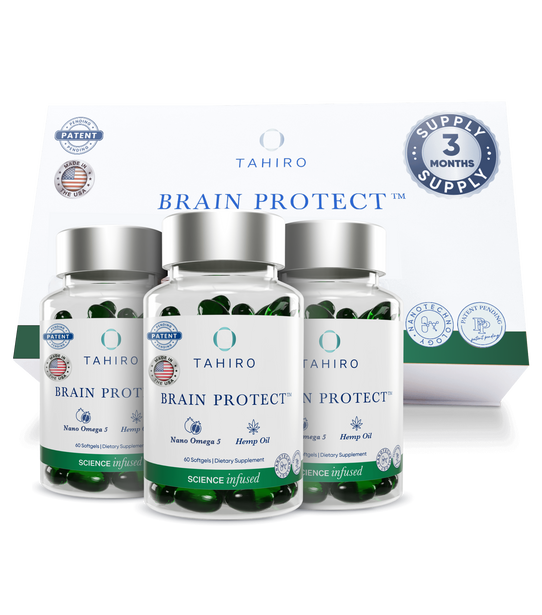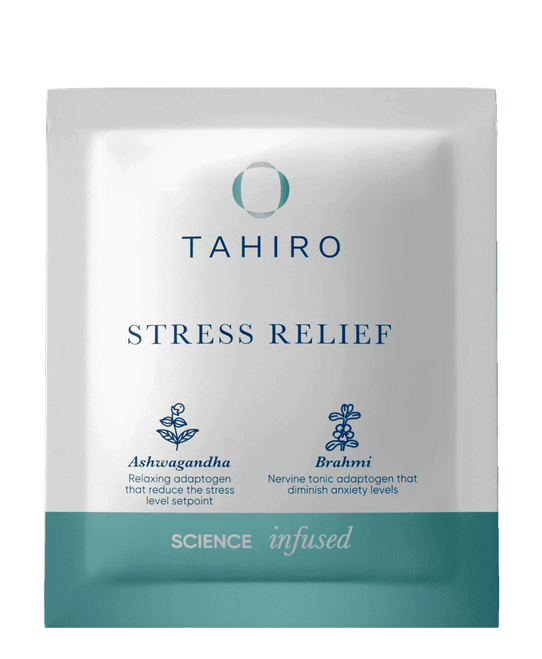Understanding the chemical imbalances in the brain of someone with Parkinson's disease is crucial for developing effective treatments for this progressive neurological disorder. And while there is no cure for Parkinson's yet, various supplements, medication and therapies can help improve symptoms and slow the progression of the disease.
In this article, we will explore the brain chemistry around Parkinson's, The chemicals that is lacking, the one that can help reduce symptoms, and those which are commonly used to treat the disease clinically.
What chemical is lacking in Parkinson's?
Dopamine, a neurotransmitter produced in the brain and significantly reduced in individuals with Parkinson's disease, plays a crucial role in several important functions in the body, including:
-
Control of body movement: As mentioned, dopamine is significantly reduced in individuals with Parkinson's disease, leading to the characteristic motor symptoms of tremors, rigidity, and difficulty with balance and coordination.
-
Mood regulation: Dopamine is involved in the regulation of mood and is associated with feelings of pleasure and reward. Low levels of dopamine have been linked to depression and other mood disorders.
-
Learning and memory: Dopamine plays a role in the formation and consolidation of memories, as well as in reward-based learning.
-
Cognitive function: Dopamine is involved in attention, motivation, and decision-making.
-
Hormonal regulation: Dopamine plays a role in the regulation of the production of prolactin, a hormone involved in lactation and the menstrual cycle.
Therefore, the loss of dopamine leads to the characteristic motor symptoms of Parkinson's, including tremors, rigidity, and difficulty with balance and coordination.
What chemical in the brain reduces Parkinson's?
Absorbed by the nerve cells in the brain, Levodopa, a chemical precursor to dopamine, is commonly used as a treatment for Parkinson's disease. When levodopa is administered, it is converted into dopamine and can help improve movement problems driven by the disease.
However, as more brain cells are lost, the medicine becomes less efficient. Also, long-term use can lead to the development of dyskinesias, a involuntary, erratic, writhing movements of the face, arms, legs or trunk and an On- Off effect, where a person rapidly switches from being able to move, to complete disability.
What chemicals are used clinically to treat Parkinson's disease?
In addition to levodopa, dopamine agonists are also commonly used to treat Parkinson's disease. Dopamine agonists stimulate dopamine receptors in the brain and can help to improve symptoms of Parkinson's. However, long-term use of dopamine agonists may also be associated with the development of dyskinesias.
Monoamine oxidase inhibitors (MAOIs) are another class of medications used to treat Parkinson's disease. MAOIs block the action of an enzyme called monoamine oxidase, which breaks down dopamine in the brain. By blocking the action of this enzyme, MAOIs can help to increase the levels of dopamine in the brain and improve symptoms of Parkinson's.
Anticholinergics are another class of medications used to treat Parkinson's disease. These medications block the action of the neurotransmitter acetylcholine, which can help to improve movement and coordination in people with Parkinson's.








